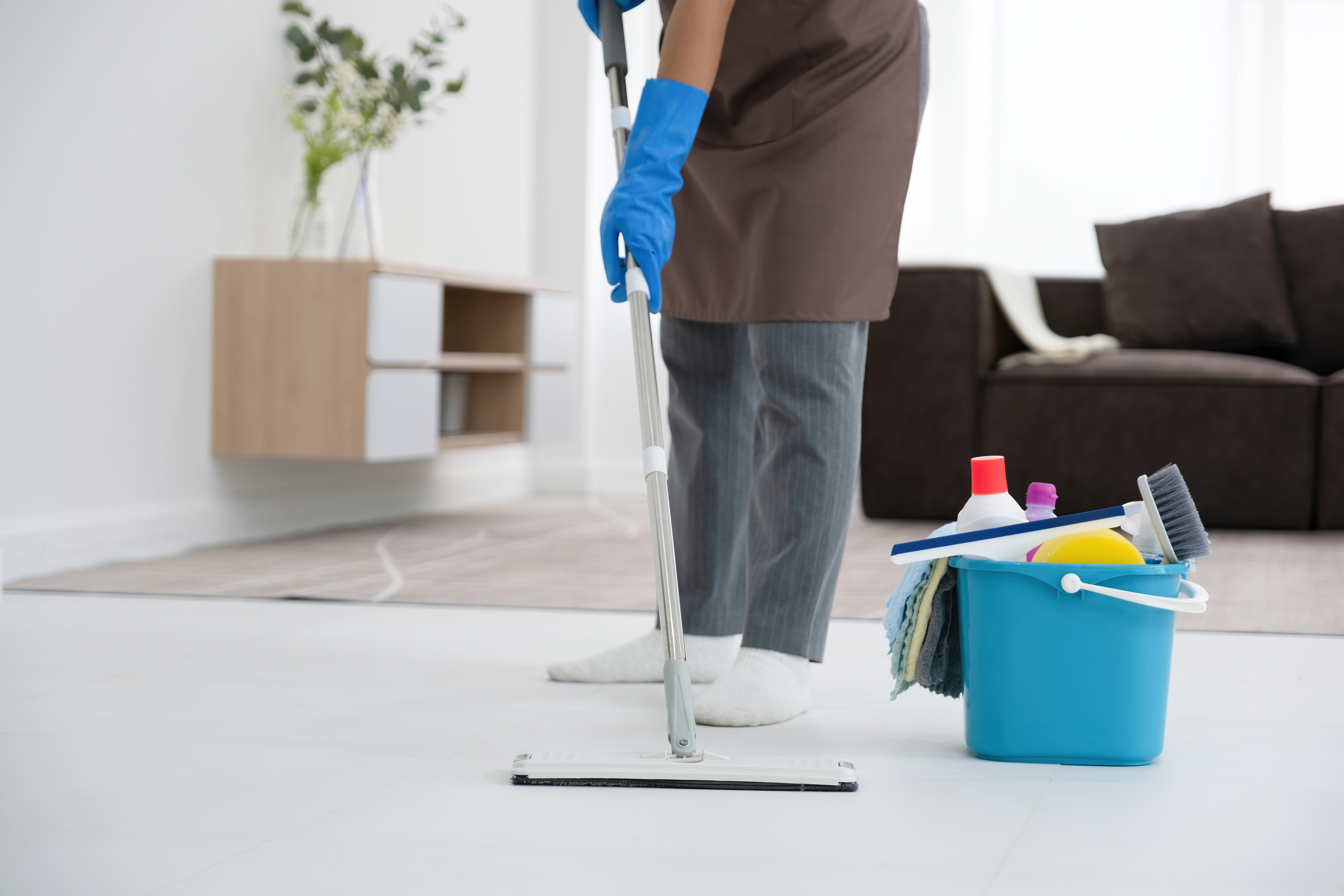The future of care home equipment is on the brink of revolutionary changes, bringing exciting advancements for care home professionals and residents alike. These innovations promise to enhance the quality of care and improve the overall living experience in care homes.
- AI-powered systems are set to transform care home management. These systems can monitor resident behavior, predict potential health issues, and even personalize daily experiences like music and lighting preferences. By leveraging AI, nursing and residential care homes can provide more tailored and proactive care, ensuring residents' needs are met more effectively and efficiently.
- Virtual reality solutions offers a new dimension of engagement for care home residents. VR experiences can provide cognitive stimulation, relaxation, and social interaction opportunities, enhancing mental well-being. Whether it’s a virtual trip to the beach or an immersive game that stimulates the mind, VR can significantly enrich the lives of residents.
- Robotic assistive devices are becoming increasingly sophisticated and versatile. In the not too distant future, these robots can help with daily tasks such as toileting and medication reminders, allowing care staff to focus on more personalised interactions. By automating routine tasks, robotic devices free up time for care givers to engage more meaningfully with residents, improving the quality of care.
- Smart home technologies in care homes can significantly improve the living environment for residents. Smart lighting, heating, and security systems can be customised to individual preferences and needs, enhancing comfort and safety. Voice-activated assistants can help residents with daily tasks, provide reminders, and even offer companionship. The seamless integration of these technologies creates a more supportive and responsive living space.
- Enhanced mobility solutions such as advanced wheelchairs and mobility scooters, are crucial for enhancing the independence of care home residents. These devices are becoming more user-friendly and adaptable, allowing residents to move around with greater ease and confidence. Enhanced mobility solutions contribute to improved physical health and social engagement, leading to a higher quality of life.
A holistic approach to mental and emotional well-being
Technology in care homes isn't just about physical health; it also plays a vital role in mental and emotional well-being. Tools like mindfulness apps, virtual therapy sessions, and social connectivity platforms can help address the emotional needs of residents. Providing access to mental health resources and promoting activities that foster emotional resilience are essential for a holistic care approach.
A collaborative and data-driven approach
Optimising equipment solutions in care homes requires a collaborative and data-driven strategy including:
Resident and family involvement
Involving residents and their families in the selection of equipment is essential. This participatory approach fosters a sense of ownership and ensures that the chosen solutions meet the unique needs of each individual. Listening to those directly affected by these technologies leads to more satisfactory and effective implementations.
A data-driven approach
Using data from sensors and monitoring systems can greatly inform equipment choices and care plans. Data-driven decisions allow for a more personalised approach to care, tailoring interventions to the specific needs and preferences of each resident. This method enhances the effectiveness of care and improves outcomes.
Staff Training Focus
Training staff on the use of new technologies is crucial for maximising their benefits. Proper training ensures that staff are comfortable and proficient with new equipment, leading to better care delivery. Investing in ongoing education and support helps staff stay updated with technological advancements and use them to their full potential.
.png)


